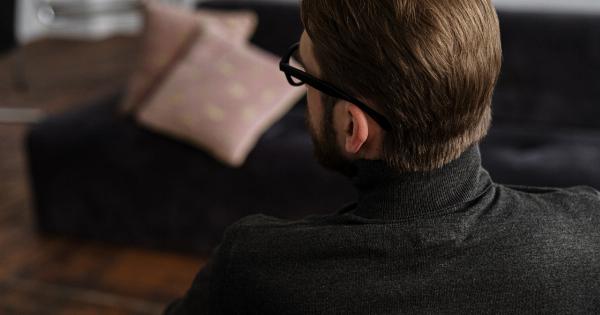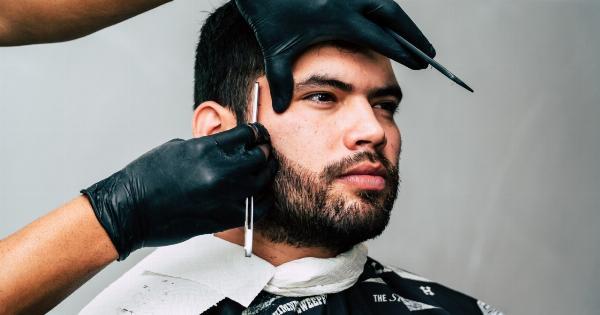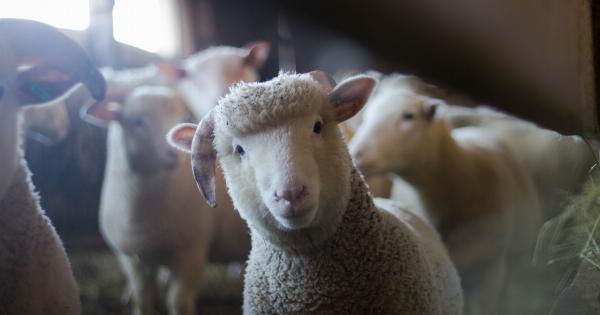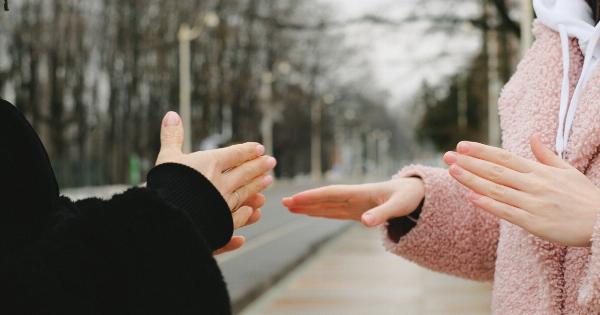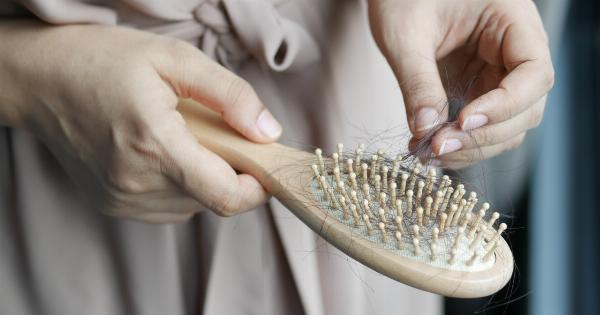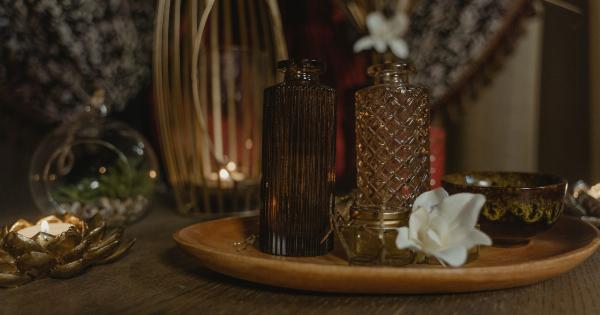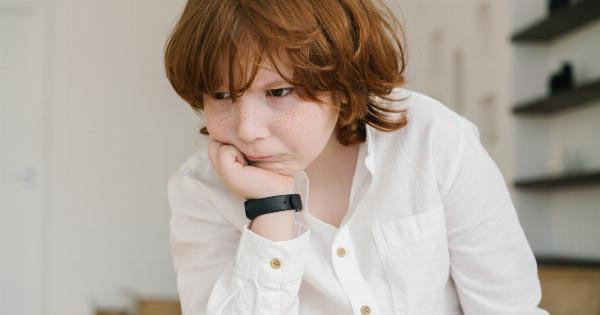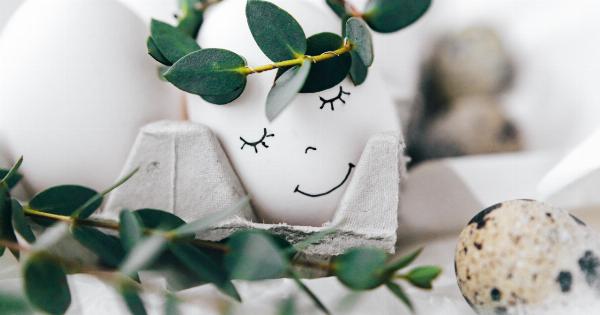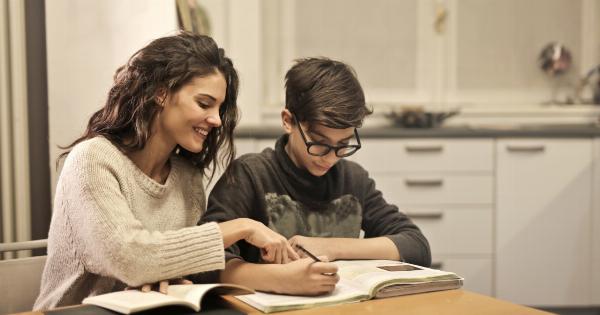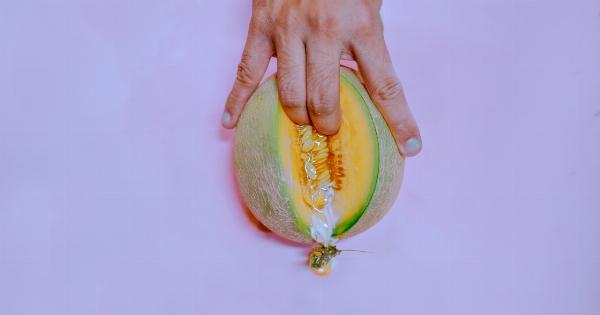A handshake is a common gesture that is used for greetings and farewells in various cultures around the world. It involves clasping hands with another person and often includes a brief up and down movement.
While it may seem like a simple and casual act, a handshake holds significant meaning and conveys a range of messages.
The History of Handshakes
The origins of the handshake can be traced back thousands of years. It is believed to have originated as a symbol of peace and a way to show that one was not carrying any weapons. In ancient Greece, handshakes were used to seal agreements and contracts.
The Romans also adopted this practice as a sign of trust and respect.
Non-Verbal Communication
Handshakes play a crucial role in non-verbal communication. They provide insight into a person’s character, confidence, and intentions. A firm and confident handshake can convey trustworthiness and make a positive impression.
On the other hand, a weak or limp handshake may be interpreted as hesitancy or lack of confidence.
Establishing Rapport
When two people shake hands, they make physical contact and establish a sense of rapport. This physical touch can create a connection and foster trust between individuals.
It is often used as a way to initiate a conversation or establish a professional relationship. Handshakes are commonly used in business settings, interviews, and networking events to create a favorable first impression.
Cultural Significance
Handshakes have different meanings and customs across various cultures. In some cultures, a handshake is a firm and strong grip, while in others, a gentle touch is preferred. Additionally, the duration of the handshake can also vary.
In some cultures, a longer handshake is a sign of respect and shows interest in the conversation, while in others, a shorter handshake is preferred.
Health Benefits
Believe it or not, handshakes also offer some health benefits. Studies have shown that physical touch, such as shaking hands, releases oxytocin, a hormone associated with bonding and trust.
It can reduce stress levels and create a positive emotional state. Additionally, handshakes can improve overall well-being and increase feelings of happiness and connectedness.
Business and Professional Context
In the business and professional world, a handshake holds immense significance. It is often the first impression that can determine the outcome of a meeting or negotiation.
A firm and confident handshake can convey professionalism and competency, while a weak handshake may leave a negative impression. Handshakes are also used to seal deals, express agreement, and congratulate achievements.
Social Etiquette
Handshakes are governed by social etiquette, which varies based on the context and cultural norms. In formal settings, it is customary to stand, offer a firm handshake, and maintain eye contact.
In informal or social situations, handshakes may be more relaxed, incorporating additional gestures such as a pat on the back or a two-handed shake.
Gender and Handshakes
Gender plays a role in handshakes as well. Traditionally, men have been more actively involved in handshaking, especially in professional settings.
However, the landscape is changing, and handshaking between people of different genders is becoming increasingly common and accepted. It is essential to respect each person’s preferences while understanding the cultural and societal norms surrounding handshakes.
Challenges with Handshakes
While handshakes are a widely accepted gesture, certain challenges can arise. Not everyone may feel comfortable with physical touch, or cultural differences may cause misunderstandings.
Some people may have physical limitations, such as arthritis or joint pain, which can make handshakes painful. It is crucial to be aware of these challenges and be respectful of individual boundaries.
Alternatives to Handshakes
In recent times, the COVID-19 pandemic has highlighted the need for alternatives to handshakes. Handshakes are a potential mode of transmitting germs and bacteria.
As a result, individuals have sought alternatives such as fist bumps, elbow bumps, or even simply nodding or waving as a form of greeting. These alternatives allow for social interaction while minimizing physical contact.
Conclusion
From its historical significance to its role in non-verbal communication and establishing rapport, a handshake is more than just a casual greeting. It reflects cultural norms, conveys respect and trust, and leaves a lasting impression.
While the COVID-19 pandemic has temporarily changed our approach to handshakes, the significance and power of this gesture will likely endure for years to come.

